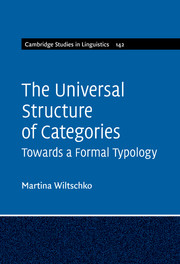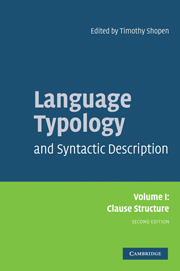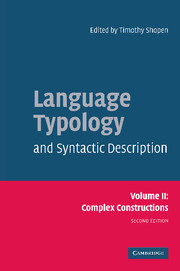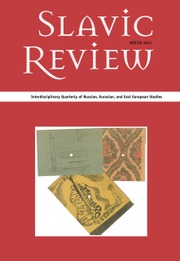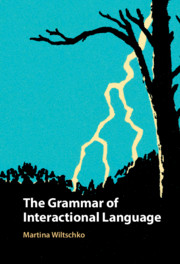The Universal Structure of Categories
Using data from a variety of languages such as Blackfoot, Halkomelem, and Upper Austrian German, this book explores a range of grammatical categories and constructions, including tense, aspect, subjunctive, case and demonstratives. It presents a new theory of grammatical categories - the Universal Spine Hypothesis - and reinforces generative notions of Universal Grammar while accommodating insights from linguistic typology. In essence, this new theory shows that language-specific categories are built from a small set of universal categories and language-specific units of language. Throughout the book the Universal Spine Hypothesis is compared to two alternative theories - the Universal Base Hypothesis and the No Base Hypothesis. This valuable addition to the field will be welcomed by graduate students and researchers in linguistics.
- Proposes a new view of categories
- Reconciles the tension between the descriptive typological tradition and the formal generative tradition
- Proposes a formal typology for categories
Reviews & endorsements
'A radically new and highly promising approach, from a generative angle, to the question of what is universal and what is language specific in the domain of linguistic categories.' Guglielmo Cinque, Università Ca' Foscari, Venice
'Martina Wiltschko has synthesized her broad typological experience in syntax and semantics into an exciting new proposal for thinking about the universals of clause structure. Her new book builds on past empirical results, but at the same time breaks with old dogmas to create a book which should stimulate major advances for the field. Required reading for syntacticians of all stripes.' Gillian Ramchand, University of Tromsø
Product details
July 2014Hardback
9781107038516
378 pages
229 × 152 × 22 mm
0.67kg
20 b/w illus. 47 tables
Available
Table of Contents
- 1. The universal structure of categories
- 2. A history of ideas behind the spine
- 3. The universal spine as a heuristic for the identification of grammatical categories
- 4. Anchoring categories in independent clauses
- 5. Anchoring categories in dependent clauses
- 6. Nominal anchoring categories
- 7. Categories that introduce a point of view
- 8. Towards a formal typology.

